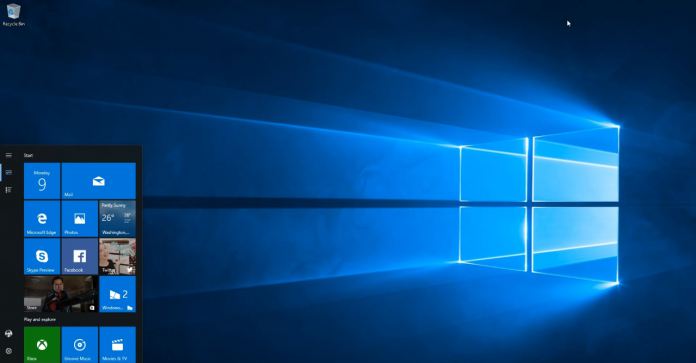Rob Lefferts, the director of program management for Windows Enterprise and Security, spoke to TechCrunch and said the security landscape is changing. Microsoft understands that hackers are now organized and funded. To combat threats and mitigate them, the company is putting increased effort on Windows 10 security. Lefferts points out that 96 percent of attacks are distinct. Custom attacks are becoming more common, meaning the likelihood of zero days is increasing.
Microsoft uses EMET for application and system protection in Windows. It operates within the operating system and hunts for security exploits. The company says the tools “protect against new and undiscovered threats even before they are formally addressed through security updates or antimalware software.”
Windows Defender Improvements
Browsers are always at risk as the vector for implementing malware. Microsoft is focused on shoring up Edge further in future updates. One of the features the company has lined up is Windows Defender Application Guards. This ability will allow Microsoft’s anti-virus software to stop attacks from even entering a machine. The company has previously talked about introducing sandboxing techniques to Edge, and this would see that come to fruition. With Application Guard, if malware passes the browser, it will still be blocked by the protection. Starting with the Fall Creators Update, Windows 10 will ship with this ability on its native browser. Staying with Windows Defender, Microsoft is also boosting Advanced Threat Protection (ATP). This ability gives enterprise security teams tools to detect and respond to attacks in real time and across platforms.




